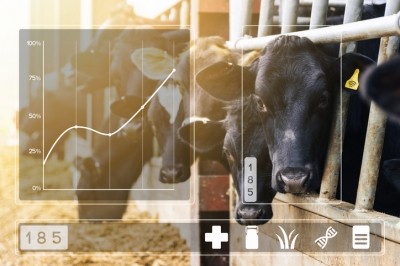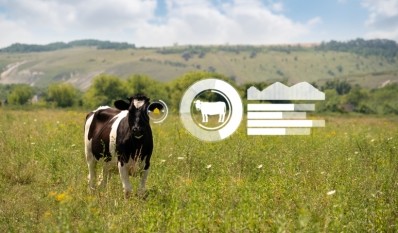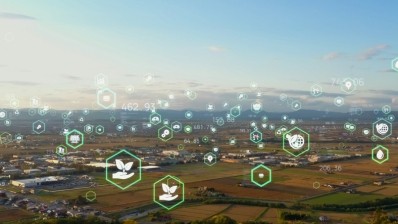Cainthus launches dairy feeding monitoring technology
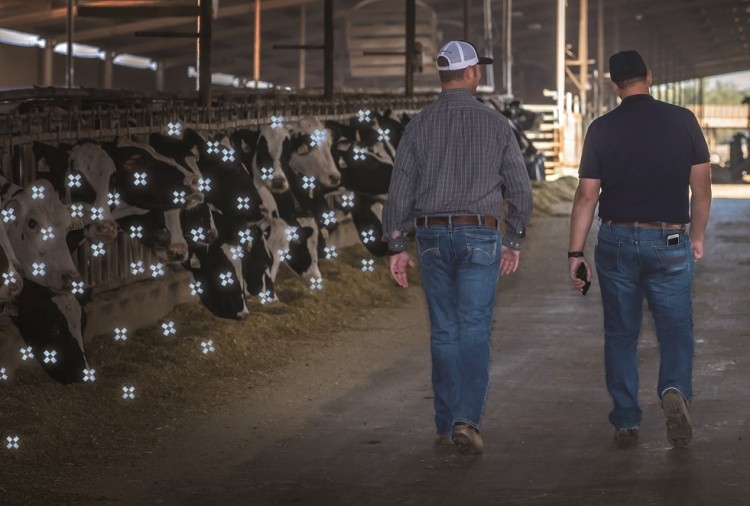
Relying on a smart camera system that collects video data on-site, ALUS processes the visual information in real time, identifying any action to be taken to improve the farm’s overall profitability and productivity, said the agtech player. Insights are delivered daily to the producer’s phone or computer via an easy to use interface, added Cainthus.
The US market is where the pioneering technology is first being rolled out.
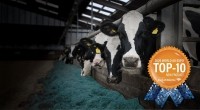
“The product was created and adapted on a farm with 5,000 cows and then we tested it on three more farms, again, each with 5,000 cows. California is where there is the highest concentration of dairy cows in the world. And the farms are relatively similar in style, both in terms of buildings and feeding practices, so it seemed the most logical approach to launch in California and then use that experience to market it in the rest of the world,” Aidan Connolly, CEO of Cainthus, told FeedNavigator.
The markets likely to see roll-out of this technology, following the US launch, would be Saudi Arabia, South Africa, Brazil and Mexico, he said. “Those countries that have the Californian style barns, with the free-stall management of the cows, the large farms, they would be the ones we would go for next. It is not as likely in traditional dairy markets in Europe, but there are opportunities in eastern Europe and in Russia as well, where again the style is not dissimilar to [a dairy farming operation] in California.”
"We are starting to use artificial intelligence to evaluate feeding behavior and, of course, from a feed nutrition perspective, that is critical; the old adage about the three feeds that are made - the feed that was formulated, the feed the mill manufactured and the feed the cow actually ate is very true when you start looking at these images - no matter what feed is formulated or manufactured, the critical part is what did the cow get to eat," said the Cainthus CEO.
Cameras are ideally suited to these bigger farming operations, to help with labour issues and management of cows, said Connolly.
“The cameras observe the amount of time the cows spend eating, whether the feed is available to them, and then, from that, the farmer can [determine] what time the feed was put out, what time the feed was cleaned away, whether push-ups took place to push the feed closer to the cows, and how often that occurred,” he explained.
Such camera-based monitoring is beneficial in large farms where a mixer wagon is distributing the feed and push-ups and cleanouts are automated, stressed the CEO.
Essentially, the technology looks to raise red flags during the period from when feed is laid out to when feed is taken away in relation to the amount of time the cows don’t have feed, more than 15 minutes of where the cows have less than 50% of the feed that they should have in front of them. “In the case of where a cleanout took place too early and fresh feed was laid out too late, that creates a bigger gap in that time period, and that is what we are measuring. That information is given to the farmer, they can then decide to change the feeding practices or do something else to make sure the cows are not going hungry.”
Welfare considerations
The technology can monitor on-farm welfare conditions:
“We have spoken to many food companies, several large ones, that are very concerned about the five freedoms [of animal welfare]. The auditing process that they do includes farm visits to make sure production is carried out in the right way. Clearly, here, we have the ability to observe that 24 hours a day," said Connolly.
ALUS takes the visuals, digitizes them and converts them into data that algorithms then read to tell the farmer what has happened over a 24-hour period or longer. “We have been looking at data over a month, for instance, to see whether there are any particular periods of the day, the week or the month when it seems that cows are eating less or getting less access to feed.”
Future proofing dairy farming
Dairy farmers that tested the system, said the CEO, were surprised at the level of inefficiency such technology can show up in farming practices.
“These farms would rate themselves among the best in the world, and they were surprised to find that in certain situations, at certain times of the week, you could have cows with low feed status for over 3.5/4 hours per day. That is an immense amount of time to have cows not having access to feed. They have gone back and looked at their own practices, and maybe realized the space of time they have allocated between push-ups is not enough or that perhaps they are not doing enough push-ups, or that they need to change the timing of when feed cleanouts take place.”
He outlined how, with farmers making those kinds of practical adjustments, the system very quickly pays for itself.
“Steve Maddox, who was recognized as dairy farmer of the year at the World Dairy Expo in 2019, was our first [ALUS Nutrition] test farm, and he has gone on record describing the benefits he sees. His farm [Maddox Dairy, Burrel, California] is very committed to managing cows at the individual animal level. From his perspective, these types of technologies are the ones that are the future of the business.”

